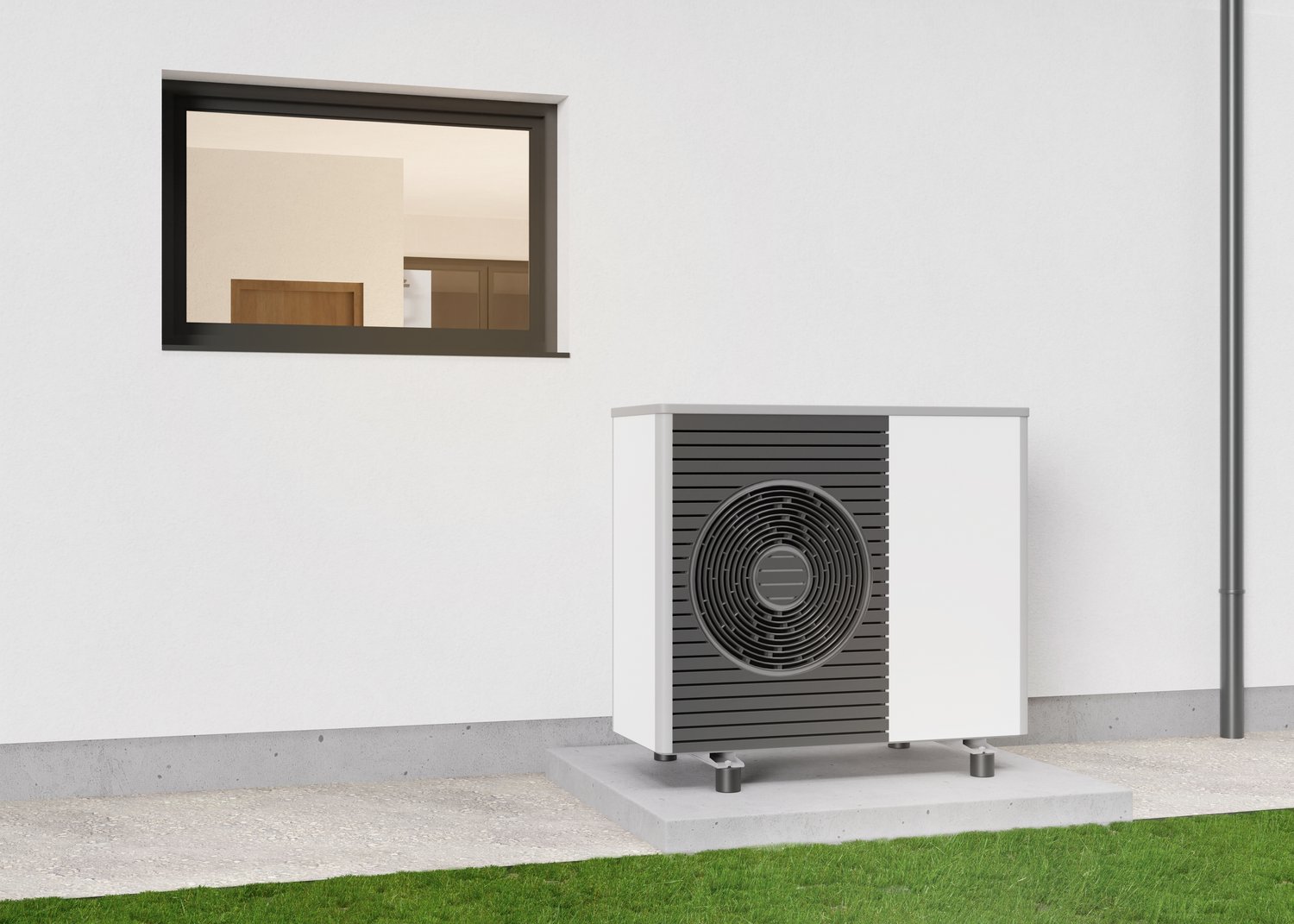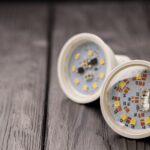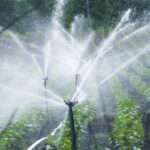Understanding Heat Pump Technology
Heat pumps are innovative devices that transfer heat from one location to another. They operate by extracting heat from the air, ground, or water sources. These systems can both heat and cool buildings efficiently. Heat pumps https://onninen.pl/en/products/Heat-pumps use electricity to move heat rather than generate it directly. This process makes them up to 300% efficient in ideal conditions. Their versatility allows for year-round climate control in various environments.
The main components of a heat pump include an outdoor unit and an indoor air handler. A compressor circulates refrigerant between these units to transfer heat. In winter, the system extracts heat from outside and brings it indoors. During summer, it reverses the process, removing heat from inside and expelling it outdoors. This reversible operation provides both heating and cooling capabilities in a single system.
Heat pumps come in different types, each suited for specific applications. The most common varieties are air-source, ground-source, and water-source heat pumps. Each type has its advantages and considerations for installation. Factors such as climate, property size, and existing infrastructure influence the choice of heat pump system.
Modern heat pumps incorporate advanced features for improved performance. Variable-speed compressors adjust output based on demand, enhancing efficiency. Smart controls allow for precise temperature management and integration with home automation systems. Some models offer zone control, enabling different temperatures in various areas of a building.
Benefits of Air Source Heat Pumps
Air source heat pumps are popular due to their relatively simple installation process. These systems extract heat from the outdoor air, even in cold temperatures. They can provide up to 3 units of heat energy for every unit of electricity consumed. Air source heat pumps https://onninen.pl/en/products/Heat-pumps/Air-source-heat-pumps are suitable for both new constructions and retrofits. Their compact outdoor units require minimal space, making them ideal for urban settings.
The efficiency of air source heat pumps has improved significantly in recent years. Modern units can operate effectively in temperatures as low as -25°C (-13°F). This advancement has expanded their use in colder climates. Some models offer enhanced defrosting capabilities, reducing energy loss during winter operation. The latest air-to-water heat pumps can also provide domestic hot water, increasing their versatility.
Maintenance requirements for air source heat pumps are generally low. Regular filter cleaning and annual professional check-ups are typically sufficient. These systems have an average lifespan of 15-20 years when properly maintained. The absence of combustion in their operation enhances safety and reduces carbon emissions. Many governments offer incentives for installing air source heat pumps as part of energy efficiency programs.
Air source heat pumps can be paired with existing heating systems for hybrid operation. This configuration allows for optimal energy use based on outdoor temperatures. During extreme cold, the backup system can provide additional heating capacity. Smart controls manage the transition between heat sources automatically, maximizing efficiency and comfort.
Advantages of Ground Source Heat Pumps
Ground source heat pumps, also known as geothermal systems, utilize the earth’s stable temperature. These systems circulate a fluid through underground pipes to exchange heat with the soil. Ground source heat pumps https://onninen.pl/en/products/Heat-pumps/Ground-source-heat-pumps can achieve efficiencies of 400% or higher. Their performance remains consistent year-round, regardless of outdoor air temperatures.
The installation of ground source heat pumps requires careful site assessment. Horizontal loop systems need substantial land area, typically 1,000-1,500 square feet per ton of heating capacity. Vertical loop systems use deep boreholes, suitable for properties with limited surface area. The initial installation cost is higher than air source systems, but operating costs are generally lower. These systems have a long lifespan, often exceeding 25 years for indoor components and 50+ years for ground loops.
Ground source heat pumps offer quiet operation and minimal visual impact. The majority of the system is underground, with only a small indoor unit visible. They can provide both space heating and cooling, as well as water heating in some configurations. The stable ground temperature allows for excellent dehumidification capabilities during cooling mode. This feature enhances indoor comfort and air quality.
The environmental benefits of ground source heat pumps are significant. They reduce carbon emissions by up to 70% compared to conventional heating systems. These systems use no onsite combustion, eliminating risks associated with carbon monoxide. The closed-loop design protects groundwater resources and minimizes environmental impact. Many jurisdictions offer substantial rebates and tax incentives for installing ground source heat pumps.
Exploring Other Heat Pump Options
Water source heat pumps extract heat from bodies of water such as lakes or rivers. These systems are highly efficient but require proximity to a suitable water source. Other heat pumps https://onninen.pl/en/products/Heat-pumps/Other-heat-pumps include absorption heat pumps, which use heat as their energy source instead of electricity. This type is often powered by natural gas or solar-heated water.
Hybrid heat pump systems combine different technologies for optimal performance. A common configuration pairs an air source heat pump with a gas furnace. This setup allows the system to switch between energy sources based on efficiency and cost. Some hybrid systems incorporate solar thermal collectors to enhance renewable energy use. These integrated solutions offer flexibility and resilience in varying climate conditions.
Ductless mini-split heat pumps provide zoned heating and cooling without the need for ductwork. They consist of an outdoor unit connected to one or more indoor air handlers. This type is ideal for additions, retrofits, or buildings where installing ducts is impractical. Mini-splits offer individual temperature control for different rooms or zones. Their compact size and flexible installation options make them suitable for a wide range of applications.
Emerging heat pump technologies promise further advancements in efficiency and versatility. CO2 heat pumps use carbon dioxide as a refrigerant, offering excellent performance in cold climates. Thermoacoustic heat pumps utilize sound waves to move heat, potentially increasing reliability. Magnetic heat pumps, still in development, could offer high efficiency without traditional refrigerants. These innovations may shape the future of heating and cooling technology.
Choosing the Right Heat Pump for Your Needs
Selecting the appropriate heat pump requires consideration of several factors. Climate is a crucial element, as it affects system performance and efficiency. Property characteristics, such as size, insulation, and existing infrastructure, also play a role. A professional energy audit can help determine the heating and cooling loads for accurate sizing. Oversized or undersized systems can lead to inefficiency and reduced comfort.
The cost analysis should include both initial installation and long-term operating expenses. While some systems have higher upfront costs, they may offer significant savings over time. Energy prices and availability in your area influence the economics of different heat pump types. Consider the potential for future energy price changes when making your decision. Many utilities offer time-of-use rates that can affect the operating costs of heat pumps.
Compatibility with existing systems is another important consideration. Some heat pumps can integrate with radiant floor heating or forced-air systems. Others may require additional modifications to your home’s heating and cooling distribution. Assessing the noise levels of different models is essential, especially for units placed near living areas. Look for systems with sound ratings below 60 decibels for outdoor units.
Consult with qualified HVAC professionals to evaluate your specific needs. They can provide detailed comparisons of different heat pump options. Ask about warranty coverage, maintenance requirements, and local contractor support. Consider the track record of manufacturers and the availability of replacement parts. Taking the time to research and choose the right heat pump can lead to years of efficient, comfortable home climate control.





